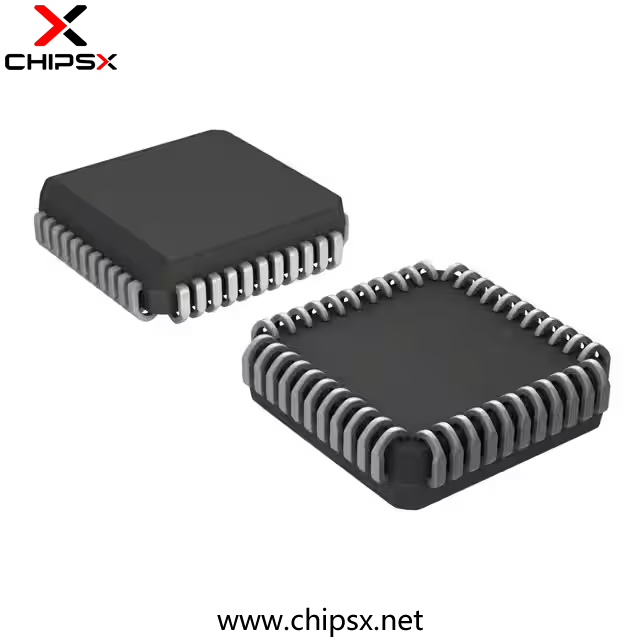The EPM7032SLI44-7, crafted by Altera (now Intel), stands as a beacon of efficiency and versatility in the domain of programmable logic devices (PLDs). With its compact form factor and robust feature set, this PLD model offers a powerful solution for various digital design applications. In this article, we delve into the features, capabilities, and applications of the EPM7032SLI44-7, showcasing its potential to drive innovation and streamline digital design processes.
Features:
At the heart of the EPM7032SLI44-7 lies a comprehensive feature set meticulously designed to meet the demands of modern digital designs. With 32 macrocells and an advanced programmable logic architecture, it provides designers with ample resources to implement complex logic functions and interface seamlessly with external components. Operating at a speed grade optimized for 7 ns, it ensures rapid signal processing, making it suitable for applications requiring high-speed data handling and real-time responsiveness.
One of the key strengths of the EPM7032SLI44-7 is its compact size and efficient design. With its small form factor, it conserves valuable board space, making it ideal for applications where size constraints are a concern. Additionally, its low power consumption and advanced architecture make it an excellent choice for applications where energy efficiency and reliability are paramount, such as portable devices, automotive electronics, and industrial automation.
Applications:
The applications of the EPM7032SLI44-7 span a wide range of industries, each benefiting from its compact size, efficiency, and performance. In telecommunications, it finds utility in signal processing, network management, and protocol conversion, where its high-speed operation and customizable architecture enable efficient data transmission and processing. Its small footprint and low power consumption make it well-suited for telecommunications equipment deployed in space-constrained environments.
In industrial automation, the EPM7032SLI44-7 plays a crucial role in controlling machinery, monitoring processes, and implementing safety features. Its reliability, deterministic behavior, and extensive logic elements ensure seamless integration into diverse industrial systems, contributing to increased productivity, efficiency, and safety.
Furthermore, in consumer electronics, this PLD model is instrumental in driving innovation in devices such as smart appliances, wearable devices, and IoT devices. Its ability to interface with sensors, displays, and communication protocols enables the creation of feature-rich, connected products that enhance user experiences and improve efficiency.
Conclusion:
The EPM7032SLI44-7 represents a paradigm shift in programmable logic design, offering efficiency, versatility, and reliability for various digital design applications. Its robust feature set, combined with its wide-ranging applications, positions it as a versatile solution for diverse design challenges across industries. Whether in telecommunications, industrial automation, consumer electronics, or beyond, this PLD model continues to empower engineers to innovate and create cutting-edge solutions that shape the future of technology. With its efficiency, versatility, and reliability, the EPM7032SLI44-7 remains at the forefront of programmable logic devices, driving progress and fueling innovation in the digital age.

info@chipsx.net
标签:


